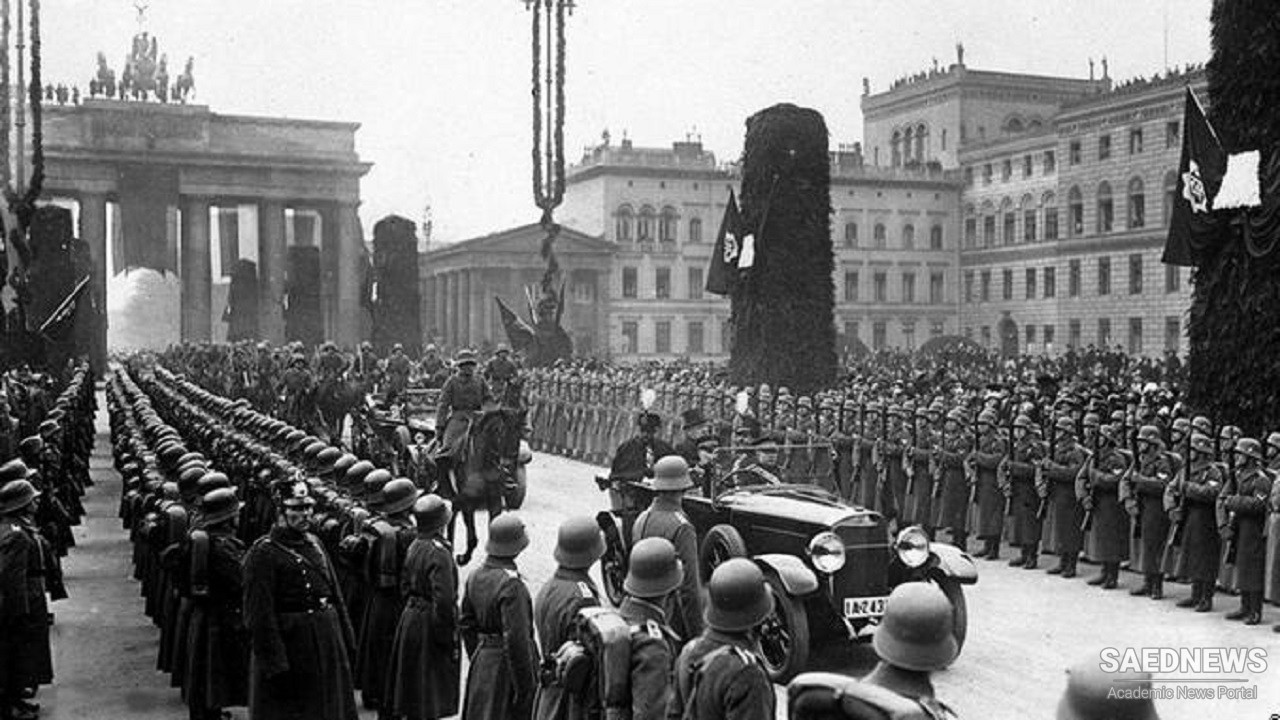The Russians had suffered heavy losses during the campaign, and their supply lines stretched more than four hundred miles over rough terrain from the front at Kerend, roughly halfway between Kermanshah and Qasr- e Shirin, back to the port of Anzali. In addition, Kuchik Khan’s partisans continued to att ack Russian troops and supply convoys along the Anzali-Qazvin road, and winter snows still made the roads and tracks leading to Kerend nearly impassable.
Baratov questioned his superiors on the advisability of pursuing his off ensive into Iraq , but Great Britain was urging its ally to drive to Baghdad to draw away some of the Turkish army besieging the British forces trapped at Kut al- Amara. The British had captured the city in late September 1915. Aft er overextending their inadequately supplied units in an advance to Ctesiphon, however, the exhausted British force had retreated to Kut in early December to wait for supplies and reinforcements and were invested by the Turks.
On April 10, 1916, Baratov gathered up his remaining reserves and with roughly 7,500 troops and twenty guns launched renewed att acks on the Paitak Pass. This gateway into the Iraqi frontier was held by one thousand gendarmes and as many as one thousand tribal horsemen and, according to British claims, as many as six thousand Turkish soldiers, although most of these apparently were spread out behind Kerend’s defenses or in reserve closer to the border. The nationalists held on for nearly a month before being driven back, suffering up to 50 percent losses among the Gendarmerie units. The Iranians had inflicted heavy casualties on the Russians and, more important for the future prospects of the nationalist cause, delayed Baratov’s invasion.
The provisional government was forced to retreat again, this time crossing into Iraq and sett ling in Baghdad. The Russians did not reach Qasr- e Shirin until early May, however, more than a week aft er starving British forces at Kut had been forced to surrender unconditionally to the Turks. This Ott oman victory marked a temporary turning point in the military balance in the Iraqi theater because it would take seven months for the British to gather enough strength to resume off ensive operations in Mesopotamia.
By halting the British drive up the Tigris, the Ott omans freed a large portion of their army for a counteroff ensive against General Baratov. The Russians, still preparing to launch their own offensive against the Turks, were in a perilous position with Baratov’s logistic lines running 450 miles over diffi cult terrain and his exhausted units short on manpower and critical supplies. For the moment, the Iranian nationalists had reason to hope that the provisional government and its armed forces could soon return to Iran and resume military eff orts to restore a democratic government.


 The War in Iran
The War in Iran














































